Synchronous degradation
On November 20, Lam Dong Provincial People's Committee issued an official dispatch proposing the Ministry of Transport and Vietnam Railways to consider and direct relevant units to soon invest in and upgrade the infrastructure of the Da Lat - Trai Mat railway line.
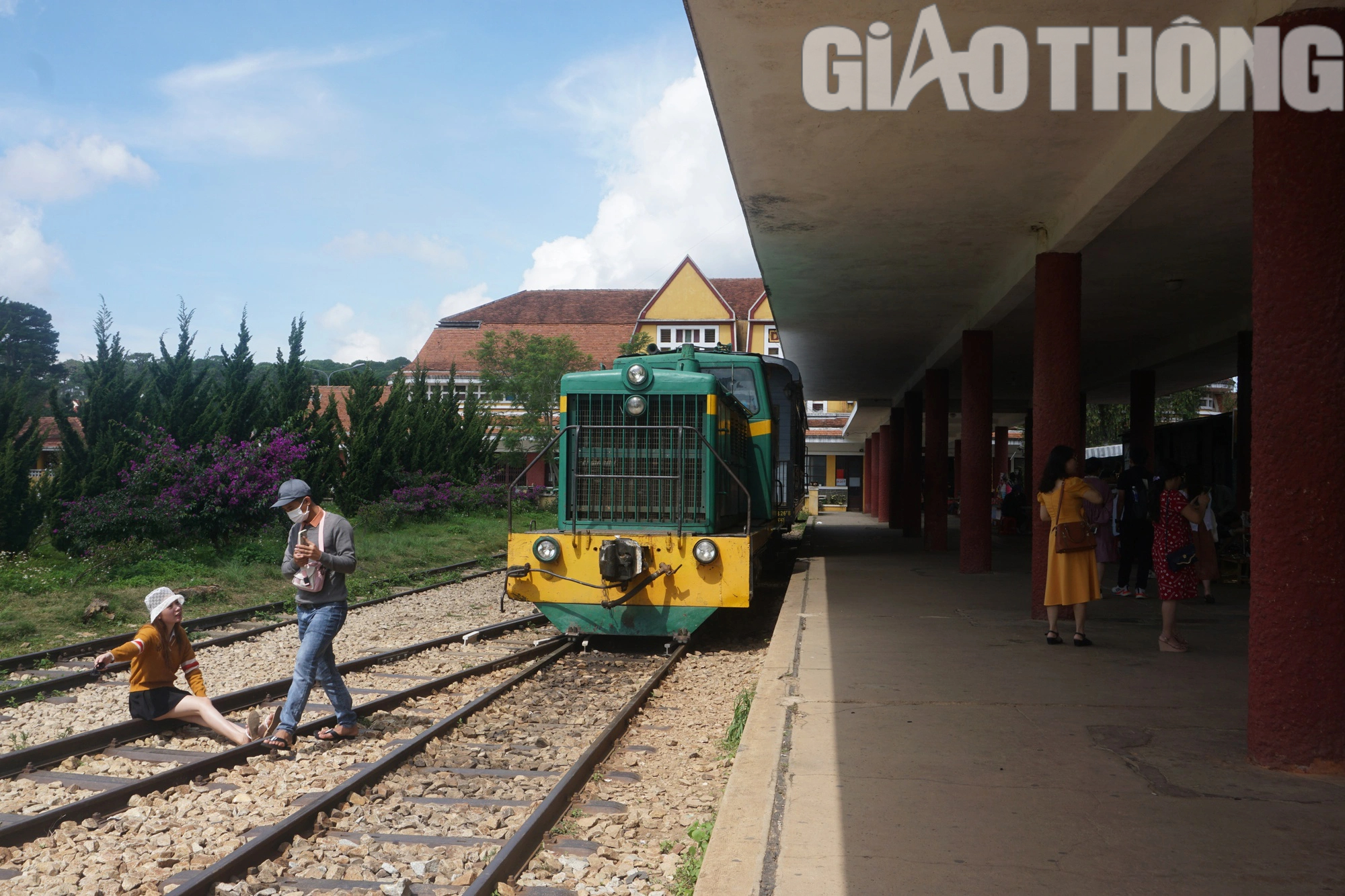
The current Da Lat - Trai Mat railway line is very effective for passenger transport, especially serving tourists to Da Lat.
The document stated that the Da Lat - Trai Mat railway line was built during the French period and restored in 1991 (including 6.724km of main road; 0.81km of station; 09 turnouts and 380m of culverts) as part of the Thap Cham - Da Lat railway line restoration project.
However, the results of the periodic equipment inspection in October 2023 of the Saigon Railway Operation Branch and the results of the field inspection on November 4, 2023 of the works planned for periodic investment and repair in 2024 by the Interdisciplinary Team (according to Decision No. 432/QD-BGTVT dated April 10, 2023 of the Minister of Transport) show that this railway line is seriously degraded, some locations are flooded, local landslides, wastewater and waste cause traffic safety as well as greatly affect tourists and local people.
The route is more than 6.7km long but the curves are continuous, all curves do not have guard rails (in which the smallest curve radius is R=195m). The route passes through high mountainous areas, the longitudinal slope is relatively large, especially the slope before Trai Mat station (direction Da Lat - Trai Mat)
The average width of the railway bed is 5.0m, with many deep excavations and high embankments. Along the railway corridor are mainly hills and mountains. Every time there is heavy rain, water from the hillsides flows down to the railway bed, bringing with it soil and rocks, flooding the railway from 20cm to 50cm, greatly affecting train operations.
The main rails are P26 rails, L= 12m on concrete sleepers mixed with French iron sleepers that have been worn and damaged a lot, the average sleeper density is 16 bars/rail bridge L = 12.0m. The current Tg1/7 P26 rails are now worn beyond the standard, there are no replacement parts. The current ballast lacks thickness, the stones are dirty, the elasticity is poor, many places of the stone foundation are buried by soil, the stone foundation is covered by grass and trees. The platform surface is made of cement concrete and soil aggregate which does not ensure aesthetics, suitable for the station area architecture, the length of the Trai Mat Station track is short, not enough to accommodate trains with a length of more than 4 cars.
There are no bridges along the entire route, only 19 culverts for drainage. Currently, on both sides of the route, some sections have longitudinal drainage systems and some locations have horizontal drainage systems, however, most of them have been buried by rocks and soil, so the route is often flooded locally.
There are currently 4 legal level crossings, 5 self-opened paths and 39 trails. Most of the intersections on the route are mainly located in curves, longitudinal slopes of major roads, and the width of the level crossing at the intersection is narrow due to terrain factors.
Currently, the route still retains ancient architectural works, especially Da Lat station, the oldest station in Indochina (recognized by the Ministry of Culture and Information as a national cultural architectural relic since December 26, 2001). In addition, related station buildings such as warehouses, platforms, locomotive and carriage sheds, and locomotive repair tunnels have seriously degraded.
The ups and downs of this railway line
The Da Lat - Trai Mat railway is the only remaining part of the Da Lat - Thap Cham cog railway that is still in operation. This is a legendary railway, one of two mountain cog railways in the world .
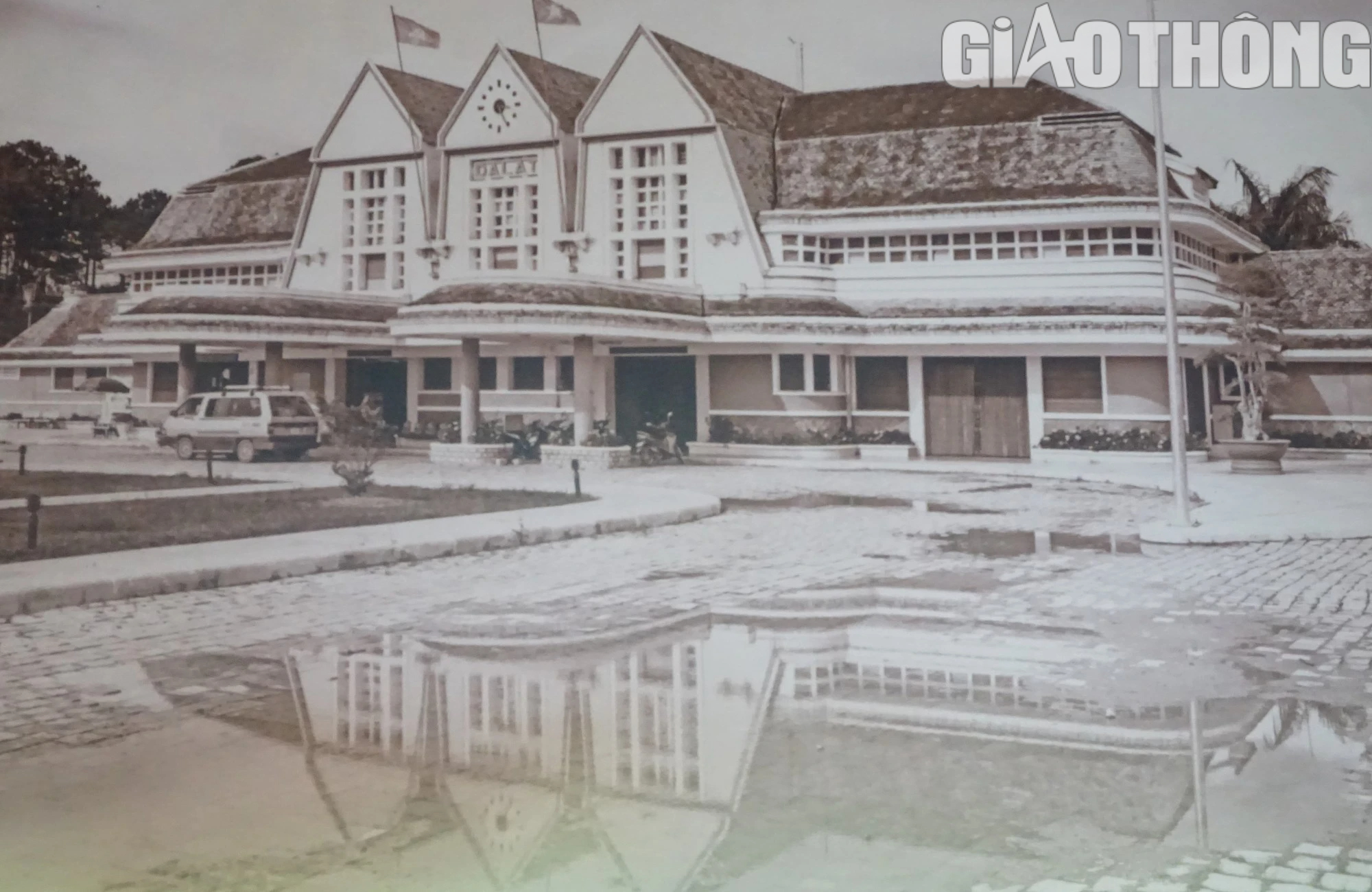
The railway station is a famous architectural work from the French period.
Starting in 1893, French doctor Alexandre Yersin led an expedition to the western mountainous region of the South Central Coast. On June 21, 1893, the group discovered the Langbiang plateau. In 1899, Yersin accompanied Governor-General Paul Doumer to inspect the Langbiang plateau and develop a plan for the Da Lat resort, the main priority being to open a traffic route from the plains up here. In 1901, Paul Doumer signed a decree to establish the Thap Cham - Da Lat railway.
The construction of the Thap Cham-Da Lat railway from 1912 to 1920 only completed 38 km from Phan Rang to Krong Pha at the foot of Ngoan Muc Pass. In 1922, the section from Krong Pha to Da Lat continued to be constructed. This was the most difficult and complicated section because the road had to cross high mountain ranges with many deep ravines and rapids.
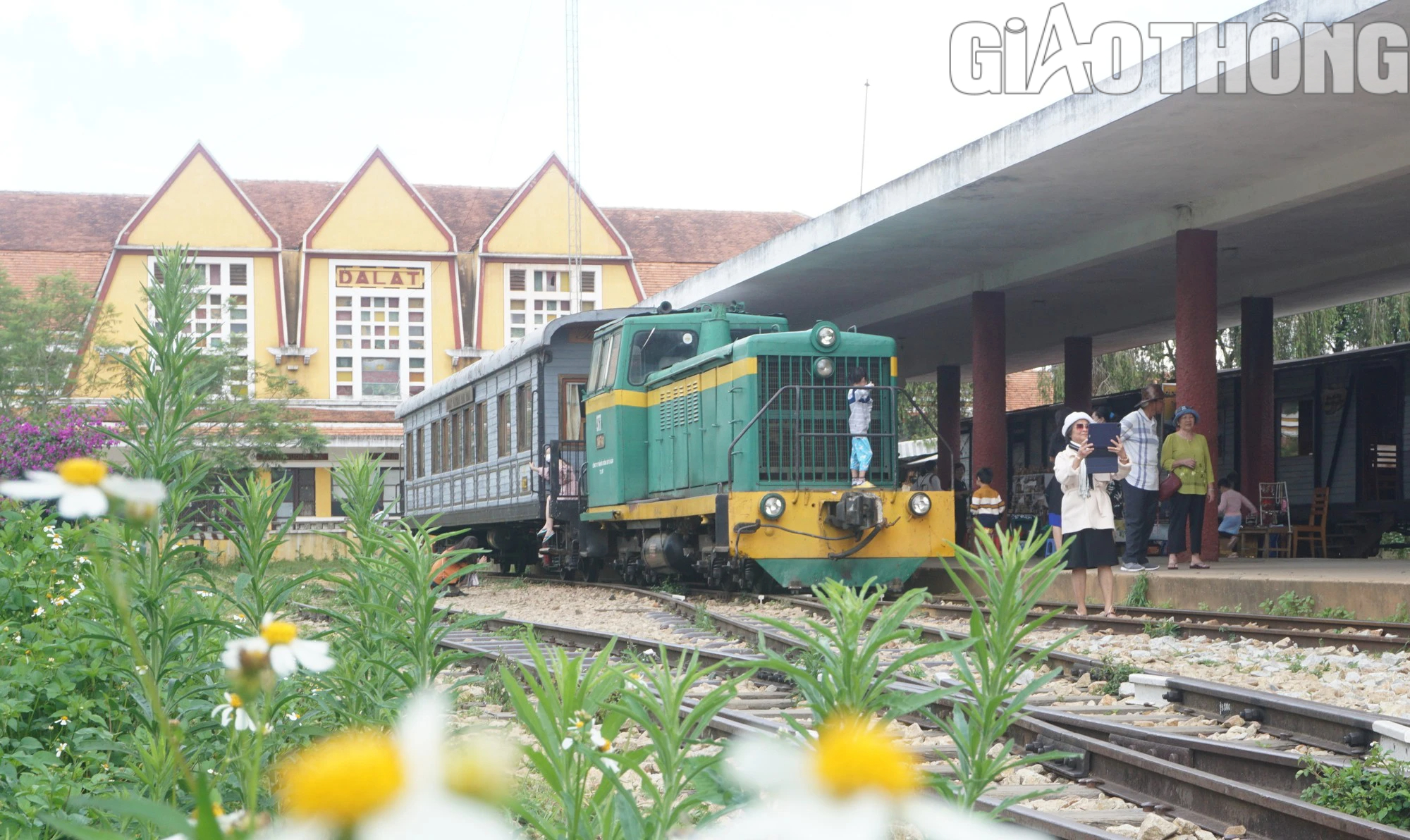
Currently, Da Lat railway station is an attractive tourist destination.
By 1932, the Thap Cham-Da Lat railway line with a total length of 84km; through 9 stations, 5 tunnels through mountains, 2 large bridges, 2 high passes Ngoan Muc and Dran was officially completed with a total cost of more than 200 million Francs. The route had 3 sections that had to run on cog railways with a gradient of 12% (while the gradient of the route at Furka Pass, similar to Switzerland, is a maximum of 11.8%) including Song Pha-Eo Gio (elevation from 186m to 991m), Don Duong-Tram Hanh (elevation from 1016m to 1515m), Da Tho-Trai Mat (elevation from 1402m to 1550m).
After the liberation on April 30, 1975, the Da Lat - Thap Cham railway line was put back into operation with 7 trips, but at that time, Tan My bridge, located in Ninh Son, Ninh Thuan, had not been repaired yet, so the train could not reach Thap Cham. Next, the Thap Cham - Krong Pha section was repaired for the first time in 1978, and the second time in 1985, but could not be put back into operation.
In 1990, the Swiss Railway Company bought the steam locomotives of the Dalat - Thap Cham mountain railway. Then, the frame and transmission parts for the locomotive's cogwheel system were also brought to Switzerland in 1997. Since then, the vestiges of the Dalat - Thap Cham cogwheel railway were almost completely destroyed, the remaining Trai Mat - Dalat section was restored by the railway industry in 1991 to exploit transportation for the people and combine tourism to serve visitors to enjoy the cogwheel train.
In 2021, the Prime Minister signed Decision No. 1769/QD-TTg directing that the Phan Rang - Da Lat railway line be specially recognized in the railway network development strategy for the 2021 - 2030 period, with a vision to 2050.
Source: https://www.baogiaothong.vn/duong-sat-rang-cua-da-lat-trai-mat-xuong-cap-nghiem-trong-sau-gan-100-nam-thang-tram-192231121031034893.htm



![[Photo] General Secretary To Lam receives the Director of the Academy of Public Administration and National Economy under the President of the Russian Federation](/_next/image?url=https%3A%2F%2Fvphoto.vietnam.vn%2Fthumb%2F1200x675%2Fvietnam%2Fresource%2FIMAGE%2F2025%2F12%2F08%2F1765200203892_a1-bnd-0933-4198-jpg.webp&w=3840&q=75)






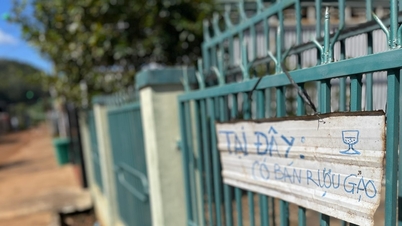



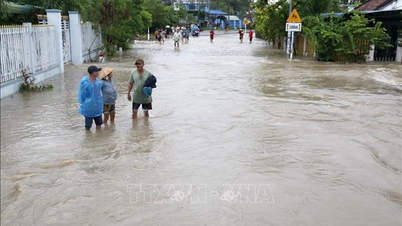

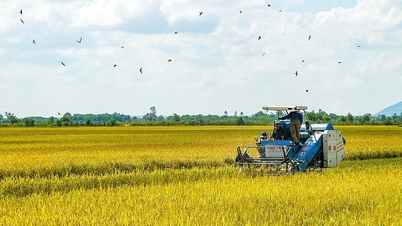
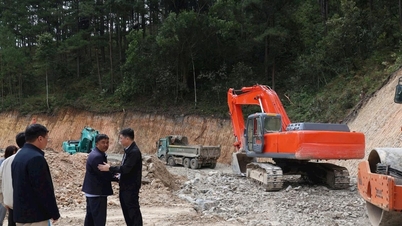
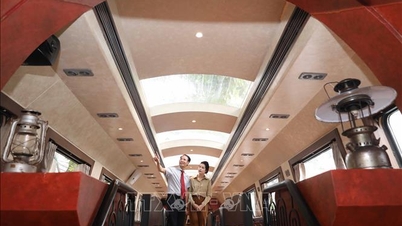





















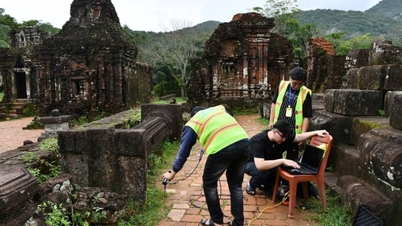



















































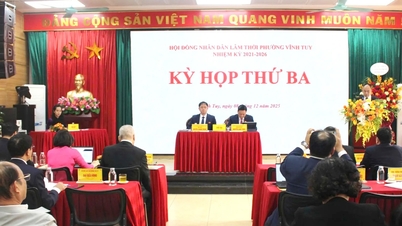
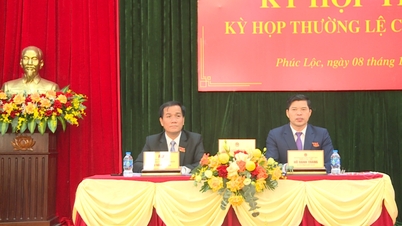






















Comment (0)